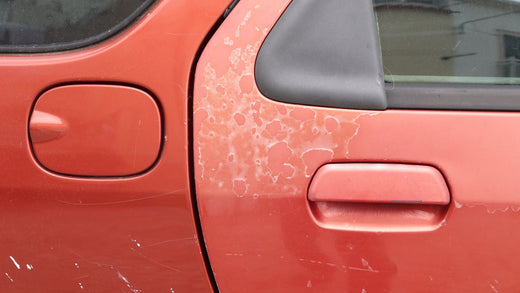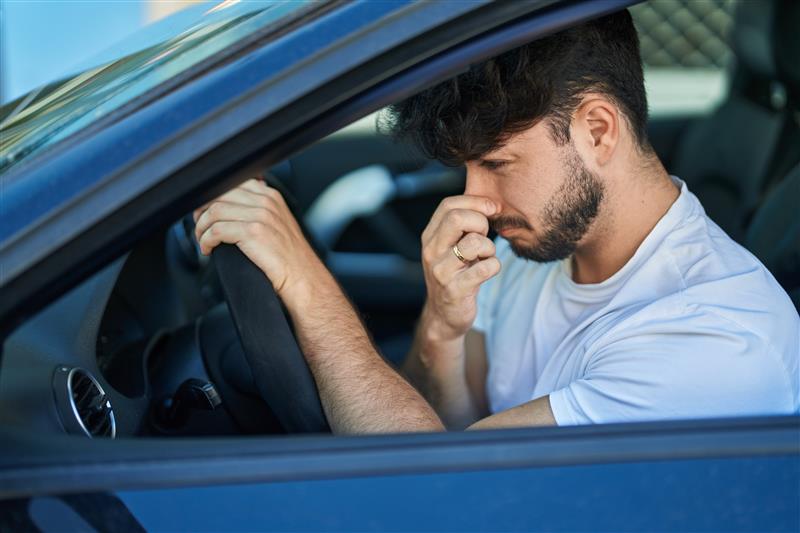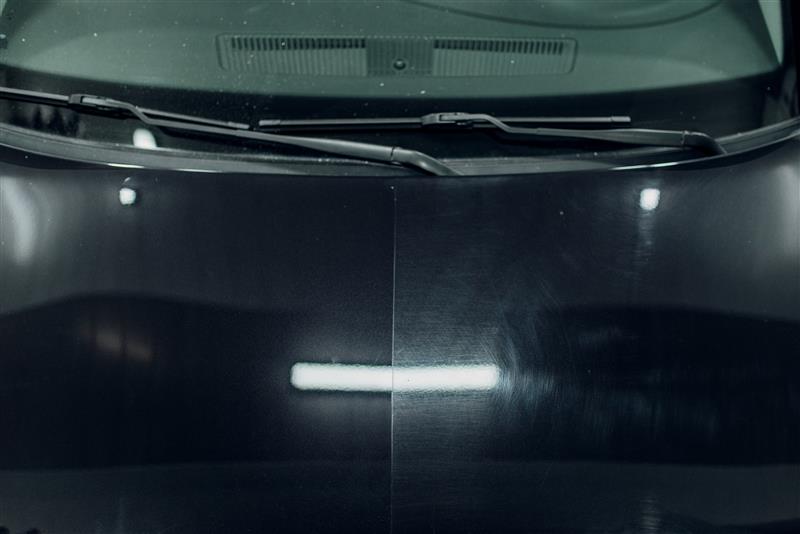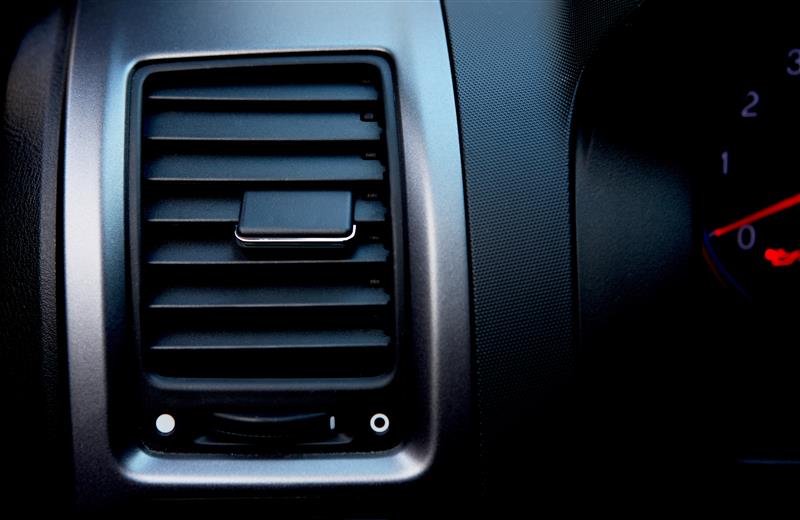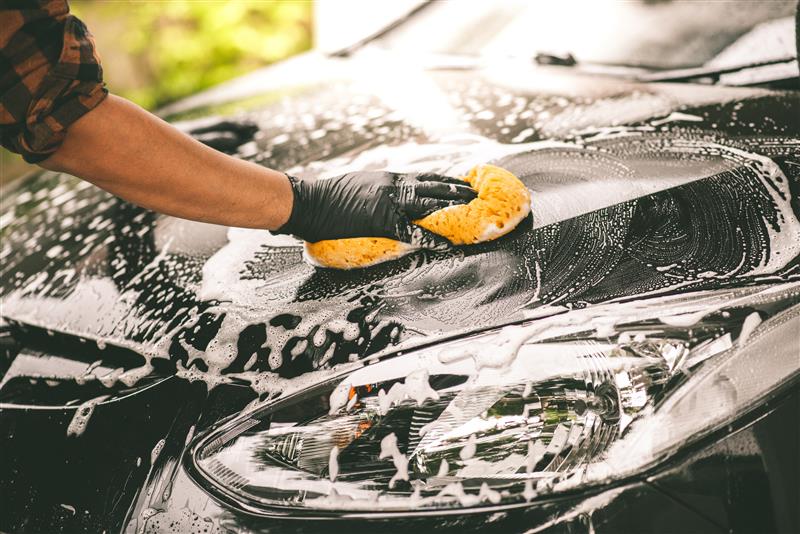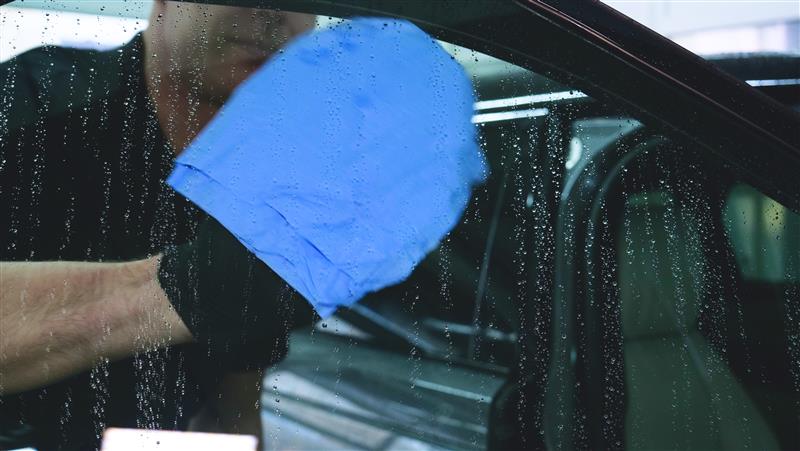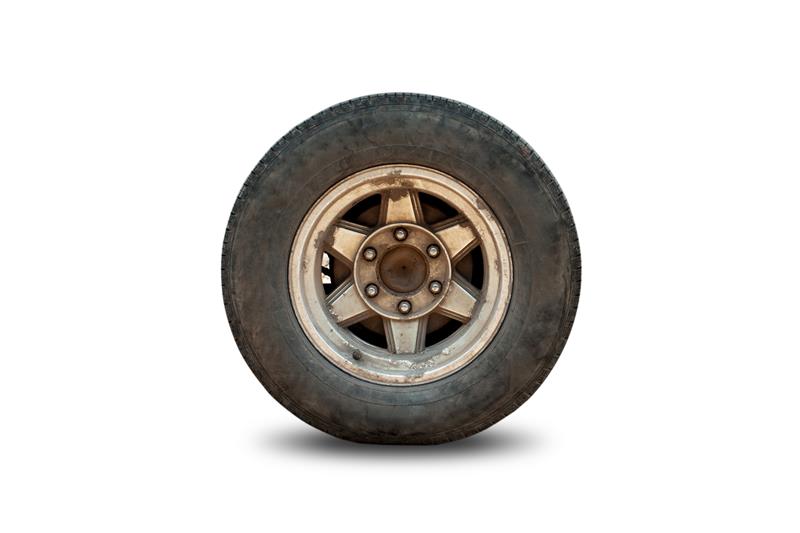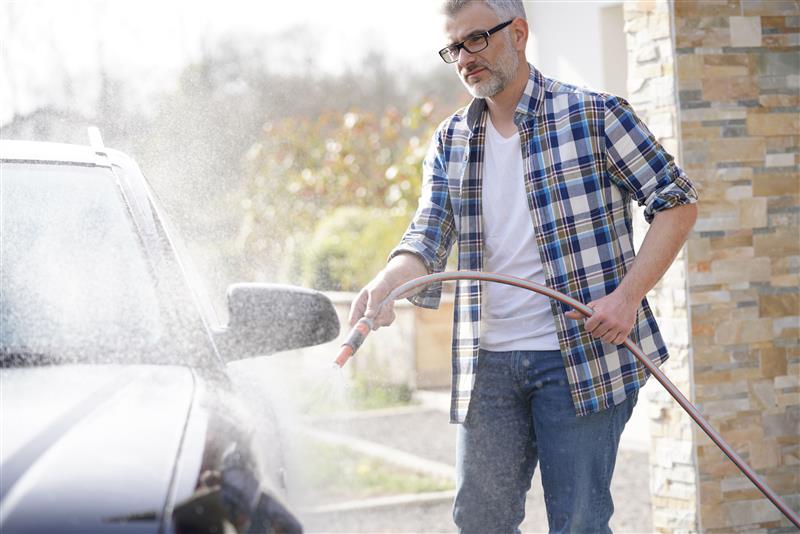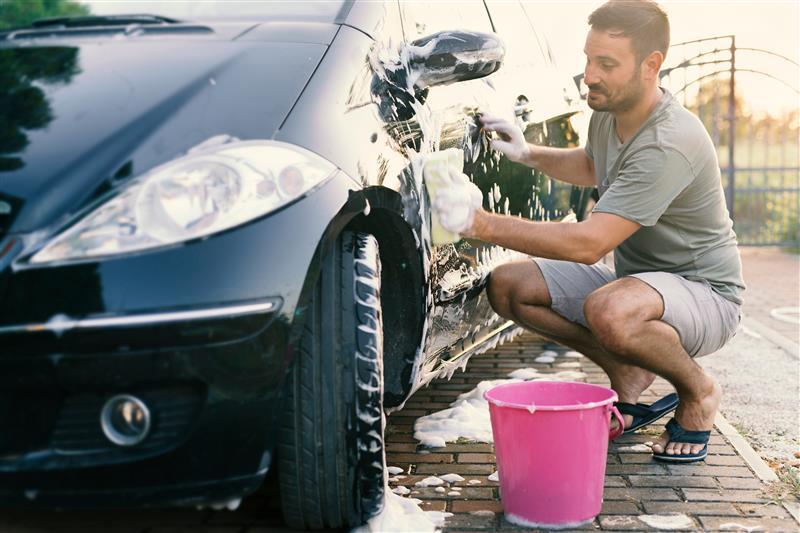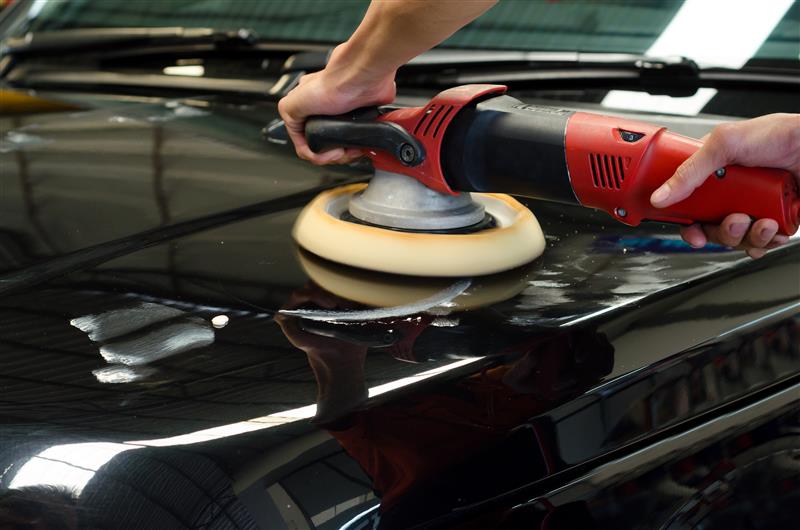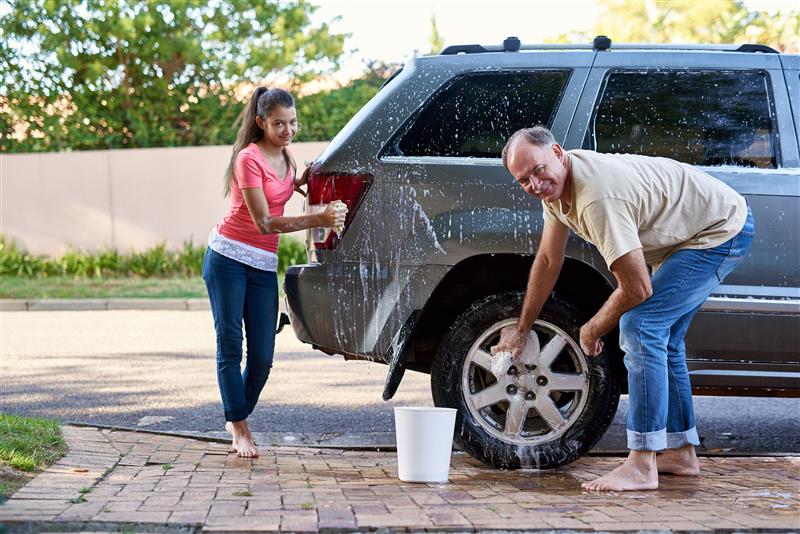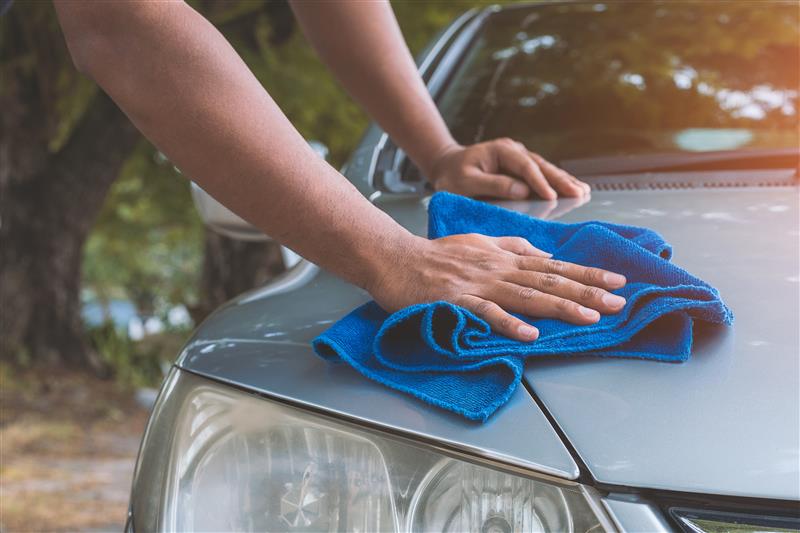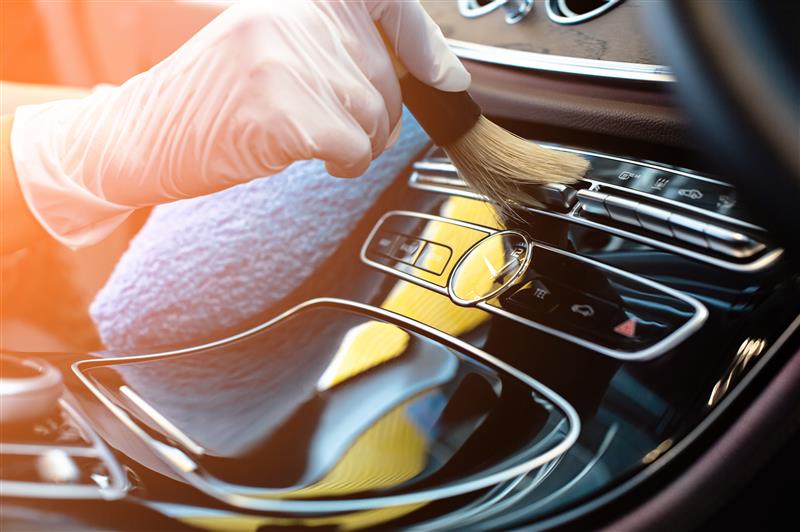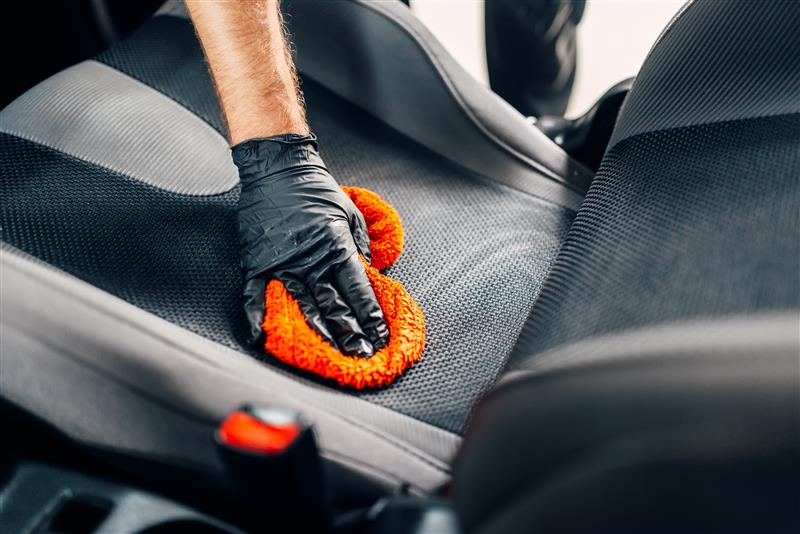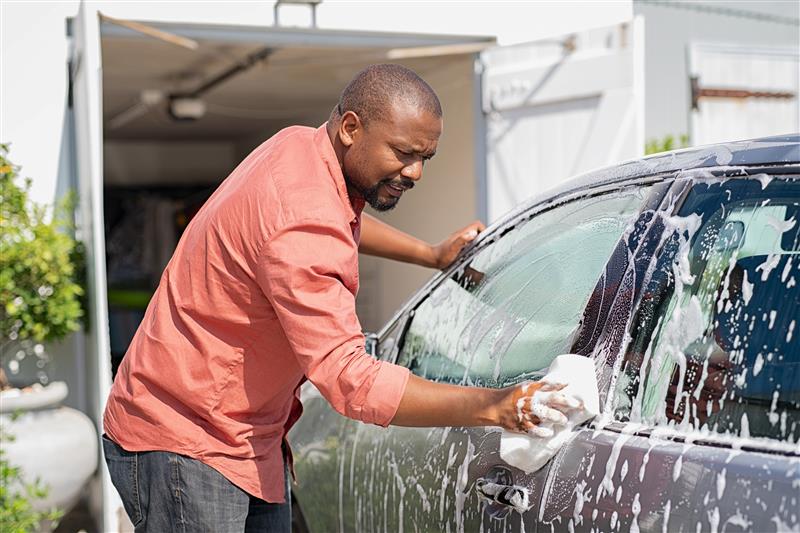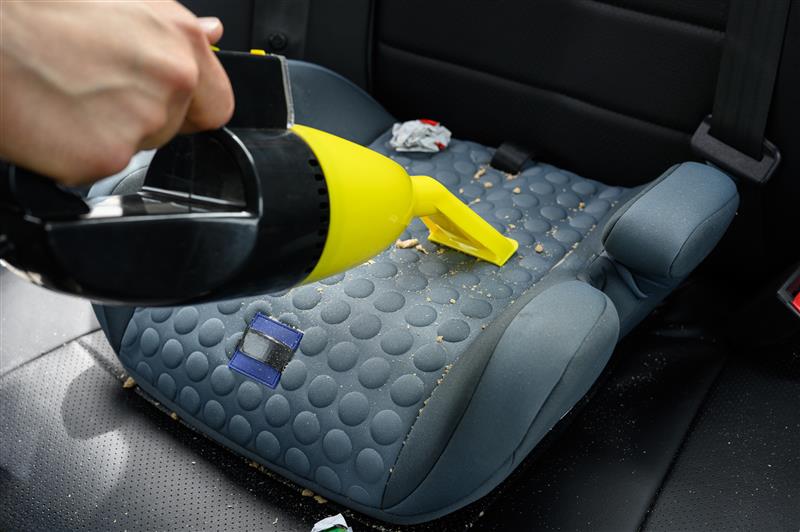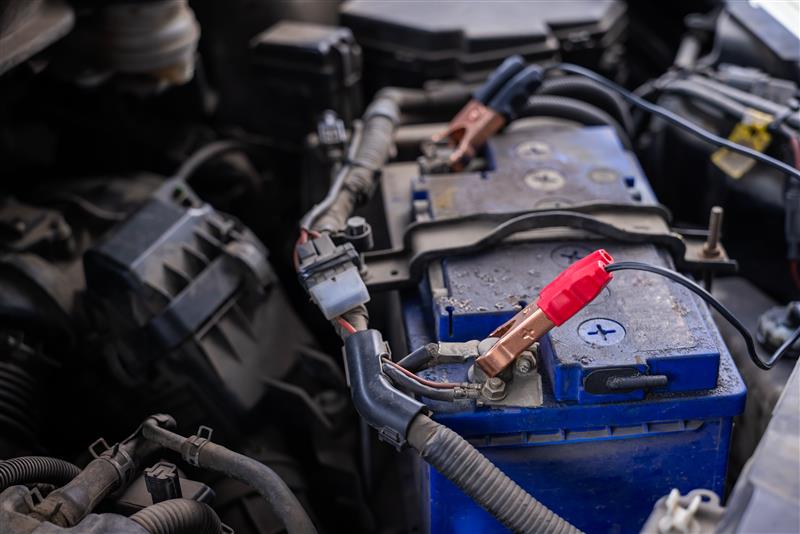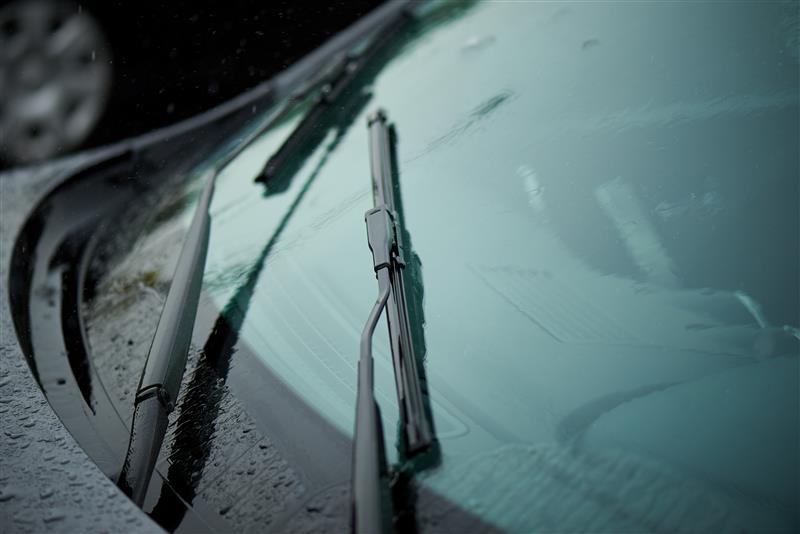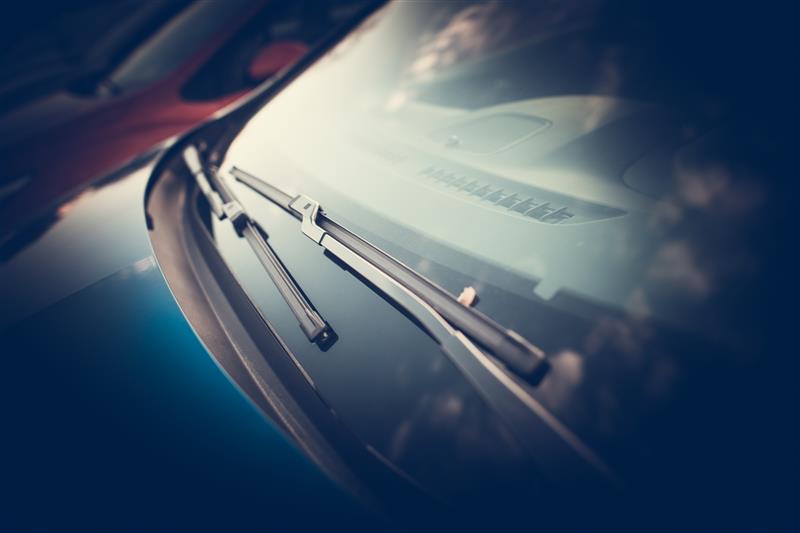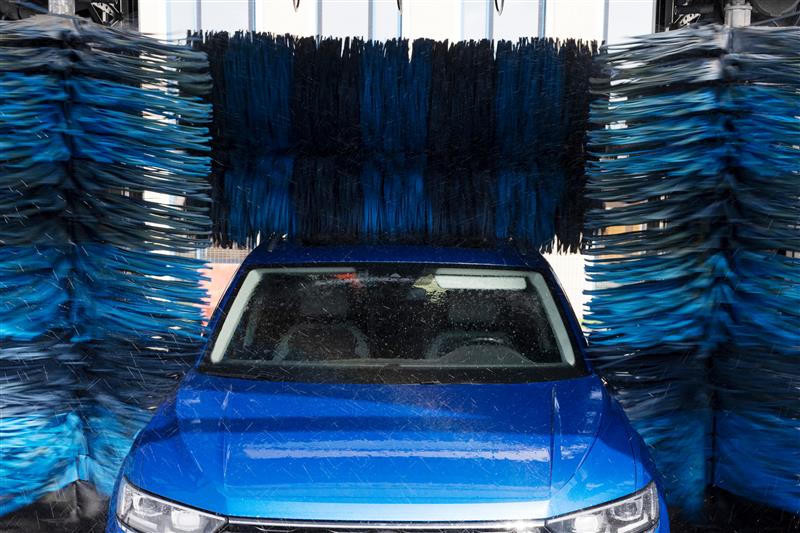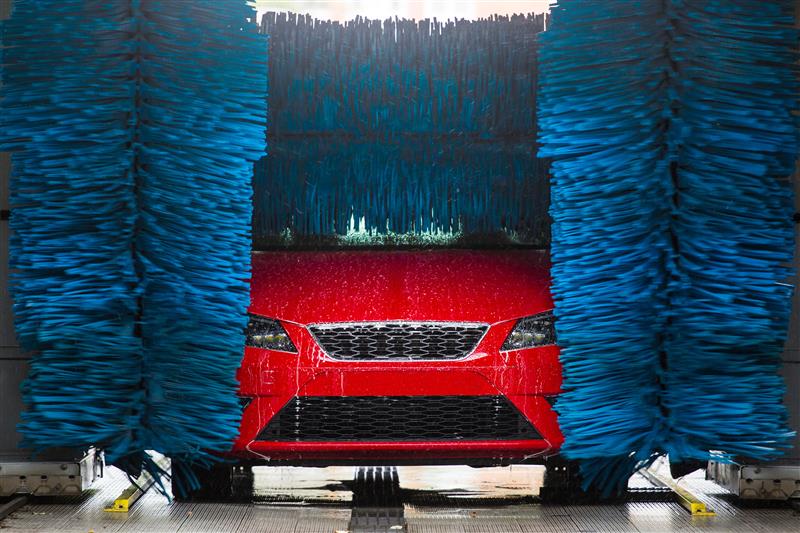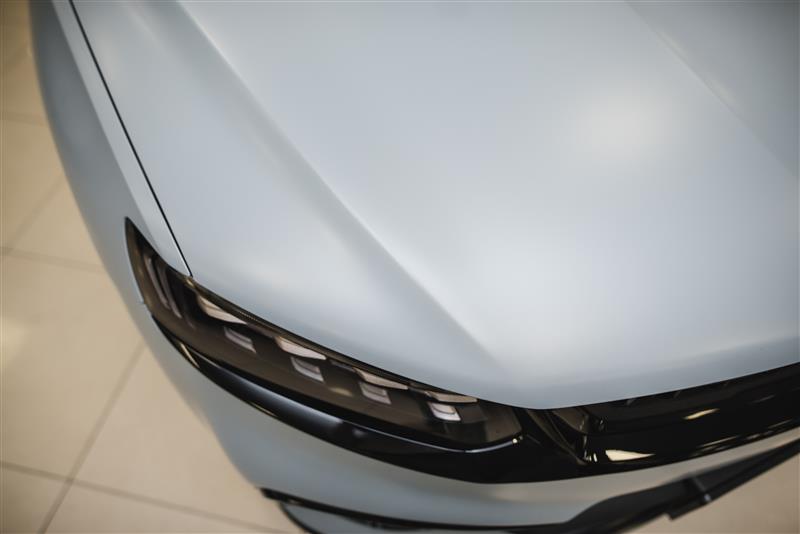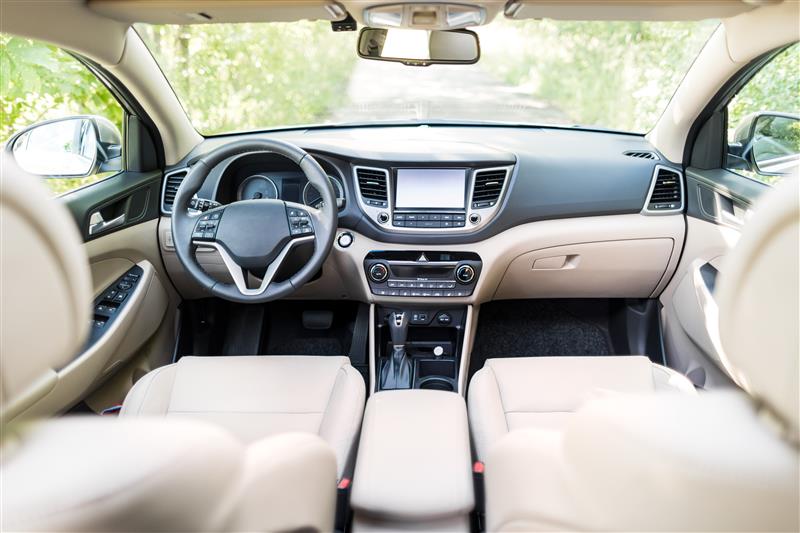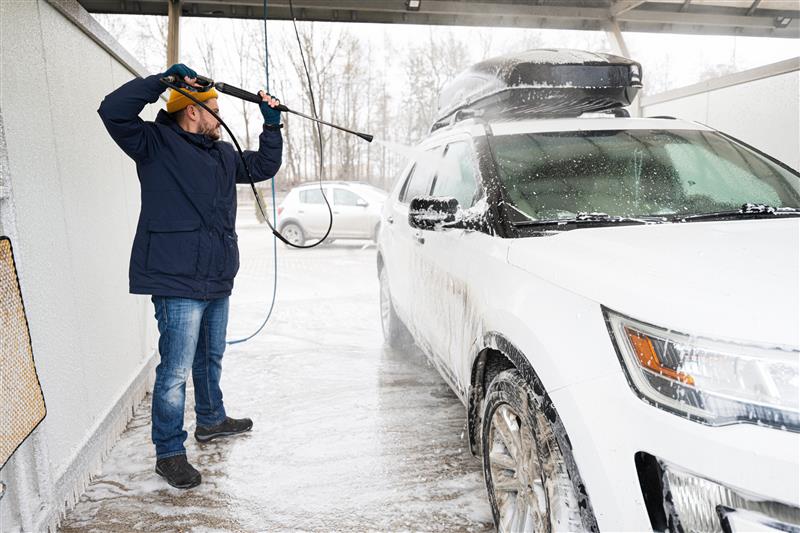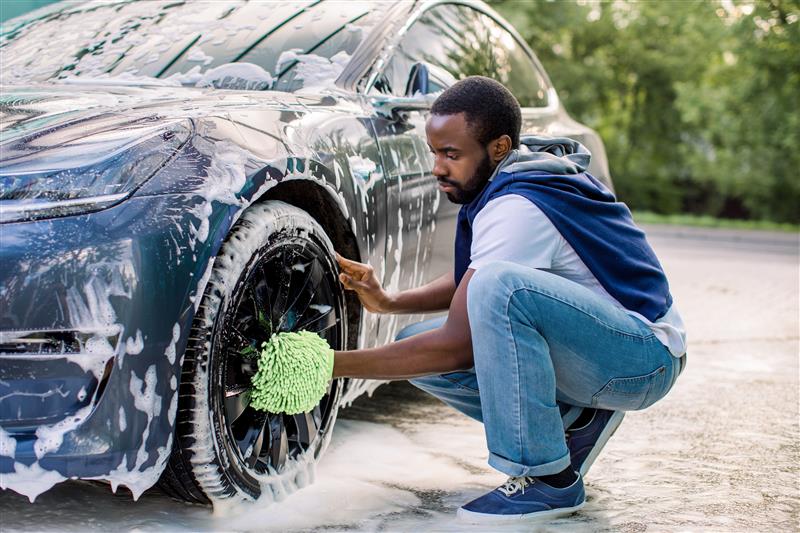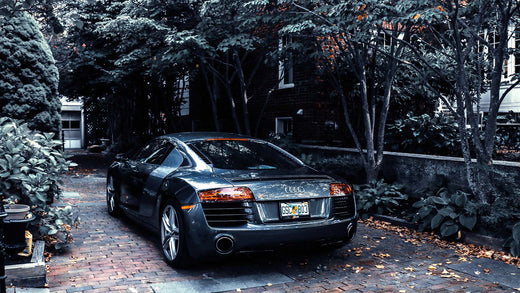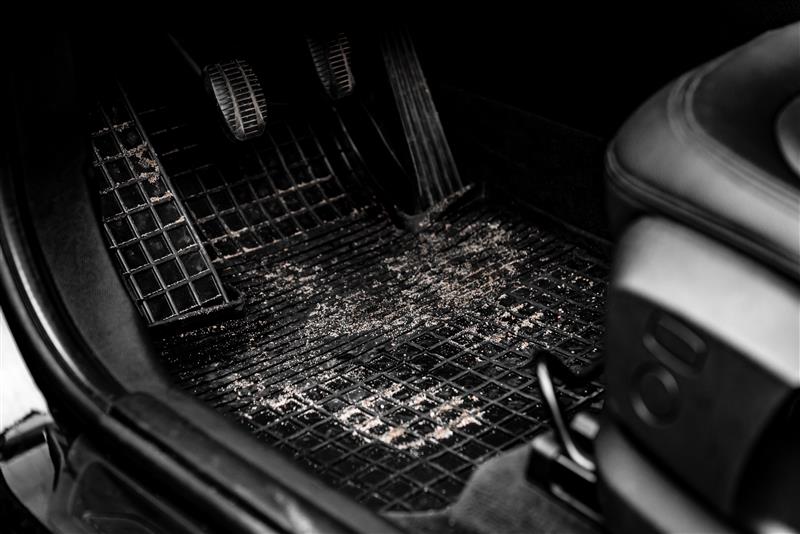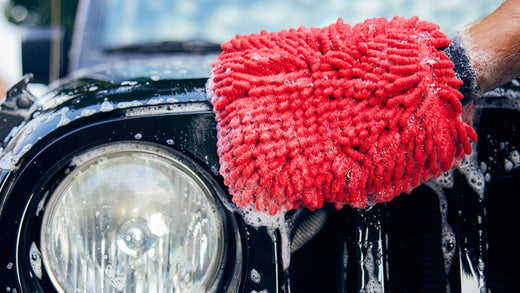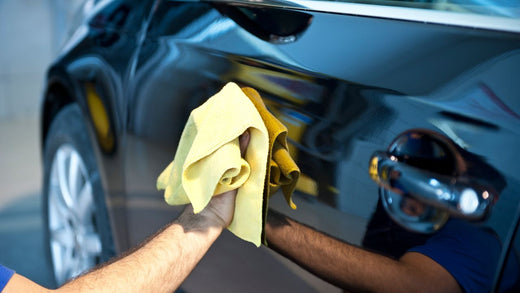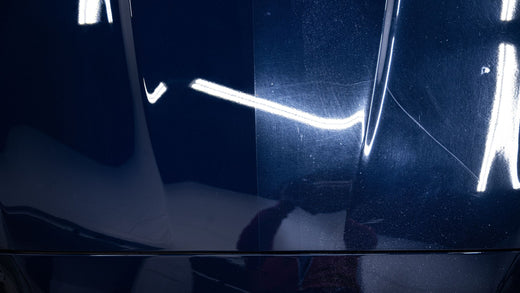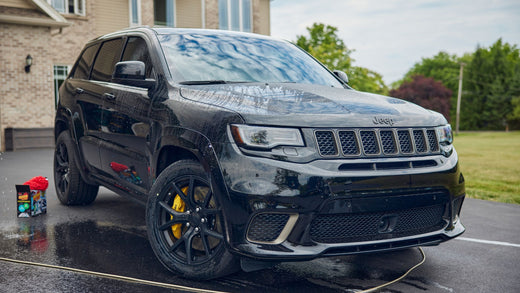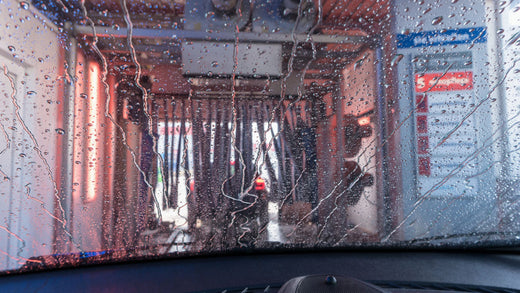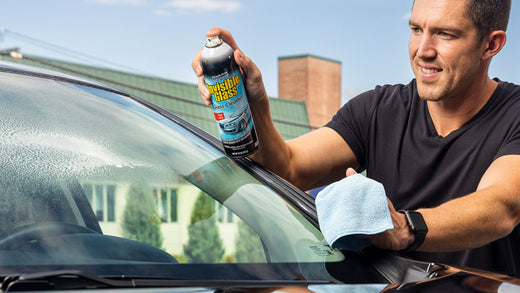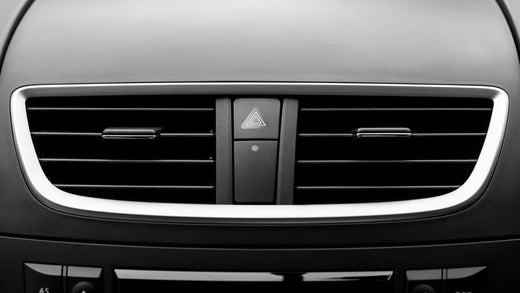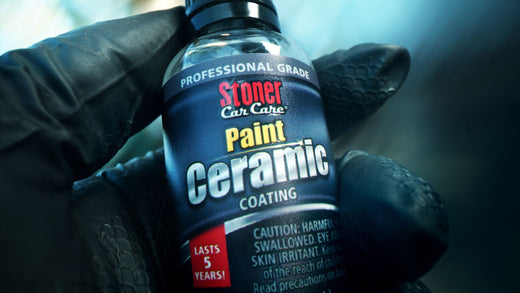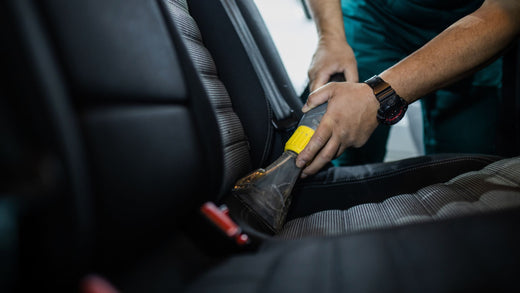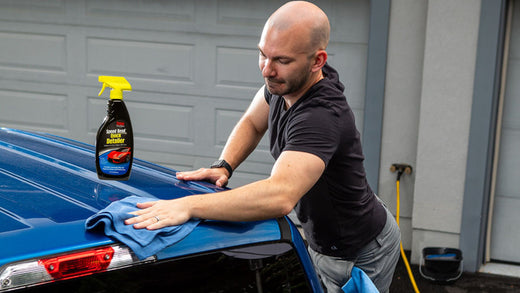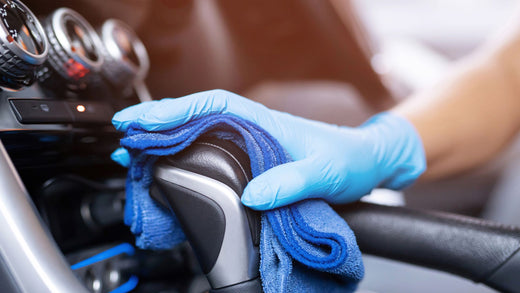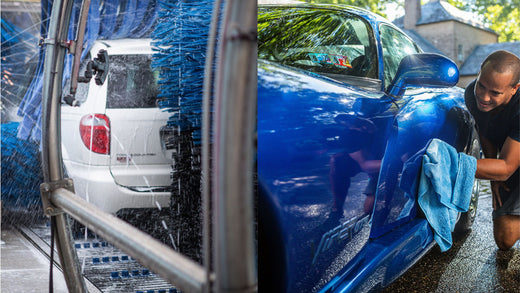Clear vision ahead with our holiday markdowns on Invisible Glass Ceramic Silicone Wiper Blades. Prices as marked.
Your car's paint does more than just make it look good; it acts as a vital shield against environmental assaults. Yet, despite its importance, the vibrant finish can degrade over time due to the relentless sun, pollutants, and general wear and tear. This not only affects your vehicle’s aesthetic appeal but also its overall value. In this blog, we'll explore several proactive measures you can take to protect your car’s paint from fading, ensuring it stays as fresh and radiant as the day you drove it off the lot.
Understanding the Causes of Paint Fading
Before delving into protection methods, it’s crucial to understand what causes car paint to fade. The primary culprits include ultraviolet (UV) rays, pollutants, harsh cleaning chemicals, and physical abrasion. Prolonged exposure to the sun’s UV rays can break down the chemical bonds in the paint, leading to oxidation and fading. Acid rain, bird droppings, tree sap, and industrial fallout can all damage the paint if not promptly cleaned. Some cleaning products are too abrasive or contain harsh chemicals that can strip away the paint’s protective layers. Regular wear and tear, including scratches, dings, and improper washing techniques, can erode the paint over time.
Regular Washing and Drying
Regular washing is fundamental to maintaining your car’s paint. Dirt, dust, and pollutants can accumulate on the surface, causing scratches and dulling the paint. To wash your car properly, use a high-quality, pH-balanced car wash soap and avoid household detergents, which can be too harsh. A microfiber wash mitt will help prevent scratches, and drying the car with a clean, soft microfiber towel will avoid water spots. Washing your car at least once every two weeks, or more frequently if it’s exposed to harsh conditions, is advisable.
Applying Wax and Sealants
Waxing your car creates a protective barrier against UV rays, pollutants, and moisture. It also enhances the car’s shine. Carnauba wax offers excellent shine but needs frequent reapplication, while synthetic waxes (sealants) last longer and provide robust protection. Applying wax every three months is a good routine. Ensure the car is clean and dry before application, and use a foam applicator pad to spread the wax in circular motions. Buff it off with a microfiber towel once it hazes. For best results, wax your car in the shade to prevent the product from drying too quickly.
Parking in the Shade or Using Car Covers
Parking your car in a garage or under a carport provides significant protection against UV rays and environmental pollutants. If indoor parking is not an option, consider using a high-quality car cover. This will shield your vehicle from the elements, including sun, rain, snow, and dust. Opt for a breathable cover to prevent moisture buildup, which can lead to mold and mildew.
Paint Protection Films and Ceramic Coatings
Investing in a paint protection film (PPF) or ceramic coating can offer long-term defense against fading. PPF is a transparent, thin layer of urethane that is applied to the car’s surface. It provides excellent protection against chips, scratches, and UV rays. Ceramic coatings are liquid polymers that chemically bond with the car’s paint, creating a durable, hydrophobic layer. This layer not only protects against UV rays and minor abrasions but also makes the car easier to clean by repelling water and dirt. Both options are more expensive than waxing but offer superior and longer-lasting protection.
Using Sunshades and UV Protectant Sprays
Using sunshades and UV protectant sprays can also help safeguard your car’s paint. Sunshades are particularly useful for protecting the interior surfaces from UV damage but also contribute to keeping the overall temperature of the car lower, which can reduce the strain on the exterior paint. UV protectant sprays can be applied to the car’s paint to provide an additional layer of defense against harmful rays. These sprays are easy to use and can be reapplied as needed to maintain their effectiveness.
Proper Washing Techniques
When washing your car, be mindful of the tools and products you use. Avoid automatic car washes that use brushes, as they can cause micro-scratches and swirls in the paint. Instead, opt for touchless car washes or hand-wash your car using the two-bucket method. This method involves using one bucket for soapy water and another for rinsing your mitt, reducing the chances of dirt particles scratching the paint.
To read more about how to wash your car at home, check out our blog post here.
Prompt Removal of Contaminants
Bird droppings, tree sap, and other contaminants can be particularly harmful to your car’s paint. These substances are acidic and can cause permanent damage if not removed promptly. Keep a detailing spray and microfiber cloth in your car to clean off any contaminants as soon as you notice them. This quick action can prevent long-term damage and keep your paint looking fresh.
Addressing Minor Scratches and Chips
Maintaining your car’s paint also involves taking care of minor scratches and chips as soon as they appear. Small imperfections can lead to bigger problems if left untreated, as they expose the underlying metal to the elements, increasing the risk of rust. Use touch-up paint to cover any chips or scratches, and consider using a scratch remover for minor surface imperfections. Regular inspections and prompt repairs will keep your paint in top condition.
Bright Today, Bright Tomorrow: Safeguarding Your Paint
Protecting your car’s paint from fading involves a combination of regular maintenance, proper cleaning techniques, and the use of protective products. Regular washing and waxing are essential to remove dirt and contaminants and provide a protective barrier. Parking in shaded areas or using a car cover can shield your car from UV rays and pollutants. For more robust protection, consider investing in paint protection film or ceramic coatings. Additionally, using sunshades, and UV protectant sprays, and promptly addressing minor damages will help maintain the integrity and appearance of your car’s paint. By following these steps, you can ensure that your car’s paint remains vibrant and well-protected for years to come.
Related posts
Learn what causes stubborn car odors & how to remove them for good with safe, probiotic cleaners that eliminate smells at the source — no masking, just results.
Prevent Swirl Marks on Car Paint: Step-by-Step Guide for a Scratch-Free Shine
Learn how to prevent swirl marks on your car’s paint with proper washing, drying, and polishing techniques for a smooth, lasting, showroom-quality shine.
How to Clean Car Vents Quickly and Effectively
Dirty car vents can cause odors, poor airflow, and trigger allergies. Learn how to clean your vents with simple tools to improve air quality, eliminate smells, and protect your HVAC system — all in just a few minutes.
How to Safely Wash a Black Car Without Scratching the Paint
Learn how to wash a black car safely and protect its glossy finish. Avoid swirl marks, water spots, and scratches with smart techniques and the right tools.
How to Clean Tinted Car Windows Without Damaging the Film
Learn how to safely clean tinted car windows without streaks or damage. Discover tint-safe products, techniques, and what to avoid for long-lasting clarity.
Is Tire Blooming Bad? What Causes Brown Tires and How to Clean Them
Brown tires? It’s likely tire blooming. Learn what causes it, if it’s harmful, and how to clean and prevent it for a deep black finish.
How Long Do Car Washes Take? A Quick Guide to Every Type of Wash
How long does a car wash take? Compare automatic, touchless, hand wash, and detailing times. Learn time-saving tips to wash your car faster and safer.
10 Essential Steps to Wash Your Car the Right Way
Wash your car like a pro—no swirls, no streaks. This 10-step guide shows you how to protect your paint, boost shine, and get that just-detailed look.
How to Remove Scratches from a Black Car
Learn how to fix scratches on black paint, from swirl marks to deeper damage. Step-by-step tips to restore shine and protect your car’s finish.
Is It Bad to Wash Your Car Too Often? The Truth About Frequent Car Washing
Think washing your car too often ruins the paint? Think again. Learn why frequent washes protect your vehicle—when done right with the proper tools.
What’s the Best Thing to Clean Your Car With? Tools, Products, and Tips That Work
Washing your car the right way starts with the right tools — and nothing beats a chenille wash mitt paired with the two-bucket method for a scratch-free, showroom-worthy shine.
How to Detail Your Car at Home: Step-by-Step Guide for a Pro-Level Clean
Bring your car back to life with this step-by-step detailing guide. Learn how to clean, polish, and protect your vehicle for pro-level results at home.
How to Get Rid of Bad Smells in Your Car: A Step-by-Step Guide
Learn how to remove bad smells from your car for good. Discover the top causes of car odors and step-by-step tips to eliminate and prevent them naturally.
How to Clean Fabric Car Seats: Easy Tips for Pro-Level Results
Clean fabric car seats like a pro with these simple steps! Learn how to remove stains, refresh upholstery, and extend your car’s interior life—easily at home.
Hot or Cold Water for Washing Your Car? What's Best for Your Paint
Hot, cold, or lukewarm? The right water temperature makes a difference when washing your car. Learn the pros and cons to keep your car clean without damage.
How to Clean a Child’s Car Seat: Simple Steps for Safe, Spotless Results
Keep your child’s car seat clean, fresh, and safe with these easy steps. Remove stains, sanitize surfaces, and maintain hygiene for every ride with confidence!
How to Clean Vomit Out of Your Car: Fast, Effective Steps to Eliminate Stains & Odors
Learn how to effectively remove vomit from your car using Lift Off Probiotic Stain & Odor Eliminator, a microbial cleaner that breaks down stains and eliminates odors.
How to Clean Car Battery Corrosion: Prevent Problems & Boost Performance
Prevent battery corrosion to keep your car running smoothly! Learn how to clean and protect your battery terminals in minutes for better performance and longevity.
Conventional vs. Beam Wipers: Which Type Is Right for Your Car?
Conventional vs. beam wipers: Which is right for you? Compare performance, durability, and cost to find the best option for clear visibility in any weather.
How to Change and Replace Windshield Wipers
Ensure clear visibility and safer driving by replacing your windshield wipers. This guide covers wiper types, step-by-step installation, and maintenance tips.
How to Remove Hard Water Spots from Car Windows
Hard water spots on car windows reduce visibility and damage glass. Remove them with specialized cleaners and prevent future buildup with proper maintenance.
Are Automatic Car Washes Safe for Your Car’s Paint?
Are automatic car washes safe for your car? Learn the risks, explore safer options like touch-free washes, and discover why hand washing is the best choice.
How to Maintain Matte and Satin Car Paint: Essential Tips for a Flawless Finish
Keep your matte or satin car paint flawless with proper care! Learn expert tips, must-have products, and maintenance steps to preserve its sleek, non-glossy finish.
What Products Are Safe to Use on Your Car's Interior?
Protect and enhance your car’s interior with safe, effective cleaning products. Achieve professional results on leather, glass, vinyl, and more!
Is It Safe to Wash Your Car When Temperatures Are Below Freezing?
Winter presents unique challenges for car care. If left untreated, road salt, grime, and slush can wreak havoc on your vehicle’s paint and undercarriage. Regular washing is critical to protect your car during these colder months, but what about when the temperatures dip below freezing? The good news is that it’s safe to wash your car in freezing conditions—with the proper precautions. Here’s what you need to know to navigate winter car washing effectively and keep your vehicle in top shape.
Top 10 Must-Have Products for Basic Car Detailing
In this guide, we'll walk you through the essential products to get your car looking its best, from cleaners and polishes to tools and accessories. Let’s dive into the must-have items for basic car detailing.
How to Clean Tree Sap Off Your Windshield
Refresh Your Ride: The Ultimate Guide to Cleaning Car Seats
How to Remove Salt Stains from Car Carpets and Mats: A Step-by-Step Guide
Winter driving often means dealing with road salt, which can leave stubborn white stains on your carpets and mats. While road salt is essential for safer streets, it creates unsightly stains that weaken carpet fibers if not addressed. Keeping your car’s interior in top shape during snowy months requires proper care and cleaning.
Scratch-Free Car Wash: Your Guide to a Flawless Finish
A clean car enhances its appearance, maintains value, and protects the paint. You can wash your vehicle confidently with the proper techniques and products, avoiding scratches and achieving a spotless shine. This guide will explain how to clean your car safely and effectively, ensuring a flawless finish every time.
How Long Does Car Detailing Take? A Breakdown of the Process
What is Paint Correction, and Do I Need It?
When it comes to keeping your vehicle’s exterior looking pristine, the term “paint correction” often comes up. But what exactly is paint correction, and why might you need it? In this post, we'll break down the paint correction process, show you how it works, and help you decide if it's the right step to maintain your vehicle's showroom shine.
Car Washing vs. Car Detailing: Understanding the Difference and Why It Matters
Keeping your vehicle in top condition requires more than just a simple wash. Many use the terms "washing" and "detailing" interchangeably, but these two processes differ. Both play crucial roles in maintaining your car’s appearance but involve varying levels of effort, products, and techniques. In this blog, we’ll break down the key differences between washing and detailing and show you how Stoner Car Care products can enhance both, helping you keep your car looking its best.
Drive-Through Car Washes: Safe or Risky for Your Car?
As a car owner, keeping your vehicle pristine is likely a top priority. Drive-through car washes offer a convenient option for maintaining your car's cleanliness, but many wonder if they are safe for their vehicle. In this blog, we'll explore this question in detail, examining the potential risks and benefits of using drive-through car washes and providing tips on minimizing any possible damage.
What is the Best Way to Clean Car Windows Without Streaks?
Have you ever peered through streaky car windows, unsure if you were seeing road grime or leftover cleaner? You're not the only one. Washing car windows seems simple enough, but getting that perfect, streak-free shine can be tricky. Those annoying water spots and streaks aren't just eyesores - they can make it harder to see while driving, which isn't great for safety. But don't worry, we've got your back. In this guide, we'll discuss the best ways to get your car windows sparkling clean. We'll explore what works, what doesn't, and how to get results that rival a professional detailing job.
Fresh Air Ahead: How to Clean Your Car’s Air Vents for Better Air Quality
Keeping your car's air vents clean is critical to maintaining clean air inside your vehicle. Over time, dust, pollen, and other particles can build up, leading to unpleasant odors – and potentially affecting your health. With a few easy steps and the right products, you can ensure your air vents are spotless, and your drive is more enjoyable. Let’s dive into a simple and effective way to maintain your cabin’s air quality.
To Coat or Not to Coat: Is it Worth Getting a Ceramic Coating for My Car?
When it comes to maintaining the pristine condition of your car, paint protection is a top priority for many car owners. One popular method gaining traction in the automotive world is ceramic coating. But is it worth the investment? In this blog post, we’ll dive into the details of ceramic coatings, their benefits, and whether they are the right choice for your vehicle.
How to Start a Car Detailing Business: A Comprehensive Guide
Diving into the car detailing world can be an exciting and lucrative journey for car enthusiasts who love making vehicles shine. As the demand for professional car care grows, aspiring entrepreneurs have a ripe opportunity to make their mark. This guide will steer you through the critical stages of launching your car detailing business – from crafting a solid plan to putting that plan into action. Let's get your engines revving and gears shifting towards a successful business venture!
Gloss Like a Boss: Expert Techniques for Waxing Your Car
Waxing your car does more than just boost curb appeal – it's vital for preserving your vehicle's exterior. A well-waxed car doesn't just turn heads; it also stands a better chance against environmental threats like UV rays, rain, and road pollutants. Ideal for both auto enthusiasts and those aiming to keep their ride in tip-top shape, mastering the proper waxing techniques is key. Join us as we dive into the best practices for car waxing, sharing step-by-step guidance to ensure your vehicle sports a flawless, lasting gloss.
How to Remove Odors from Your Car Interior
Unleash a Cleaner Car: How to Get Rid of Pet Hair
Anyone who's ever had a pet knows the joys they bring: endless affection, companionship, and, unfortunately, a whole lot of pet hair. The fur will fly whether you take a quick trip to the park or an extended vacation drive, finding its way into every corner of your car, from the back seat to the carpets. Happily, you don’t need to leave Fido at home to have a clean ride. Clearing out pet hair can be quick and easy with the proper techniques and some top-notch car detailing products. This guide will walk you through the best ways to keep your vehicle looking spotless, no matter how furry your companion
Choosing the Best Wash: Automatic Car Washes vs. Hand Washing
Keeping your car looking spotless is essential, but deciding between an automatic car wash and hand washing can be tricky. Each method offers unique benefits and drawbacks, influenced by your schedule, car needs, and even your personal touch. In this guide, we’ll dive deep into the pros and cons of automatic car washes and hand washing, providing the insights you need to make the best choice for maintaining your vehicle’s sparkle and health. Whether you're pressed for time or need a detailed cleaning, understanding the options will help ensure your car always looks its best.

